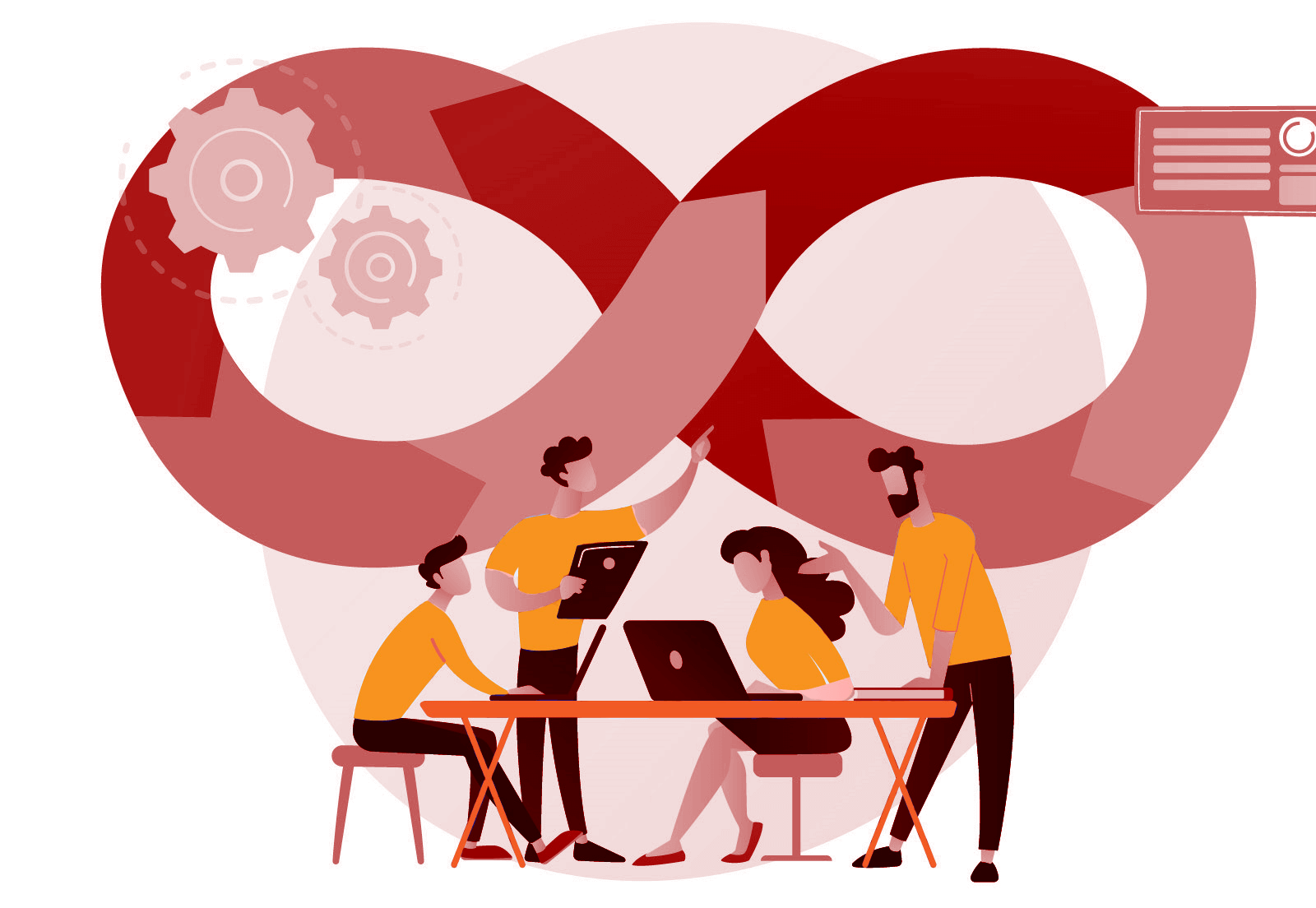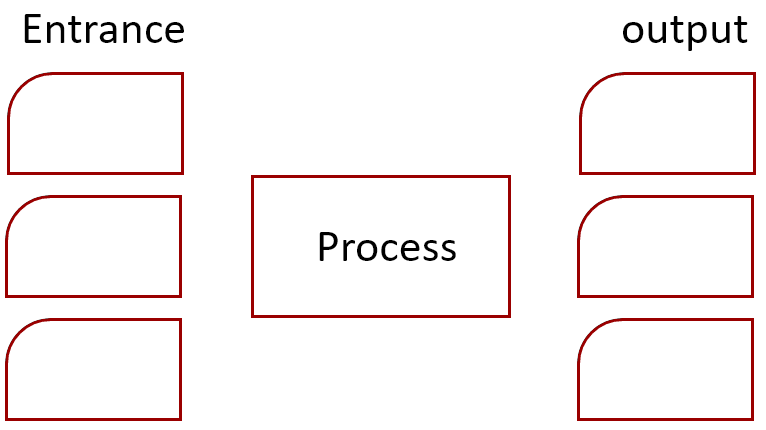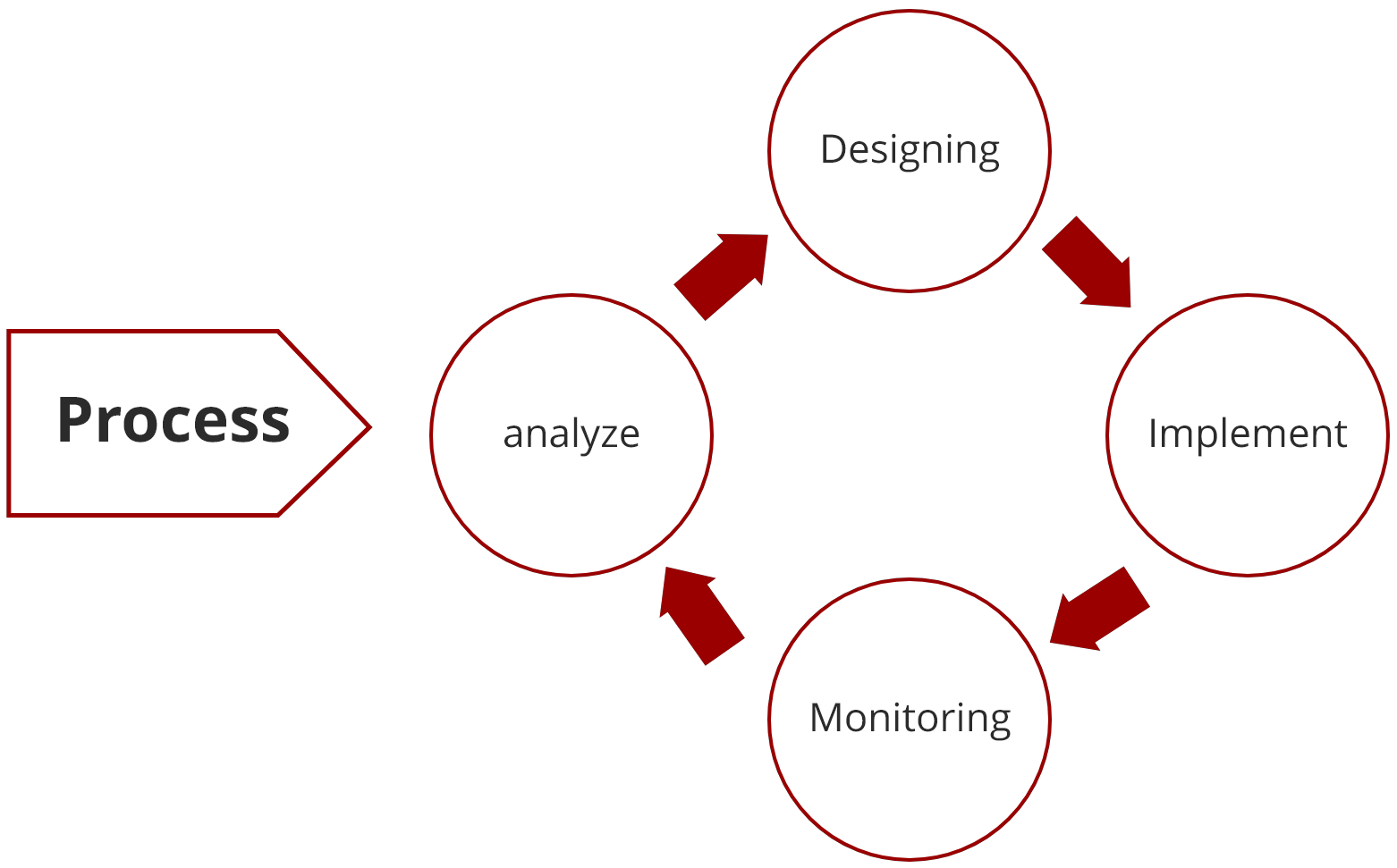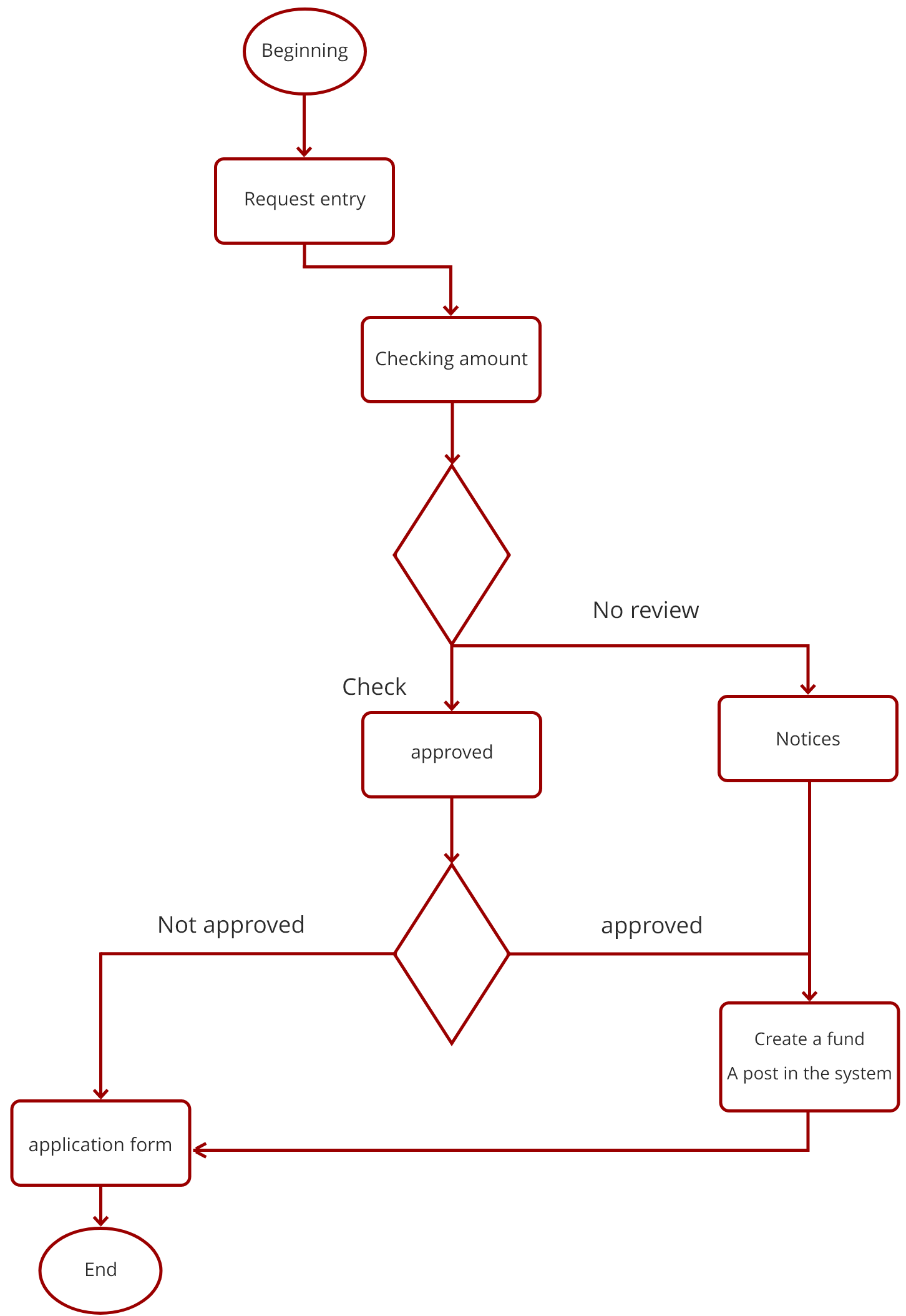The role of BPM in organizations
- Process summary levels
- An example of BPM in action
- How do business processes run with and without BPM?
- How does BPM change IT performance?
- How does a process-oriented approach change the structure of modern companies?
- What is the ultimate vision for a process-oriented company?
- What is the value of a BPM business?
- How does BPM help run a business-wide network?
- BPM and Marketing
The role of BPM in organizations
Business Process Management The first step is to think about how to optimally run your business through defined processes and then to find a way to use the latest developments in technology to extend automation to achieve effectiveness and productivity.
As modern organizations grow in complexity and scope, managers struggle to stay competitive. processes Value creation in companies becomes more complex and more and more activities to expand the business network outside the companies it happens. The demand for increased compliance and better financial returns seems to be on the rise. Faster change speed It has always been.
Business Process Management is increasingly used as a way to manage complexity. are seen in modern companies and thousands of people are coordinated on well-defined processes concentrates Leading companies have shown that using Business Process Management (BPM) can support the promise of IT to automate business processes and strategy. directly realize.

What is rarely described in discussions of BPM is the end-to-end picture. Exactly how boxes, lines and rhombuses should be used to describe processes, ultimately leading to better execution processes to achieve? What are the steps to reach this goal from beginning to end? Focus on business processes and what values increases? How do organizations change following this focus? BPM how ERP and the vision of existing companies combines? The next generation of solutions, called the third generation, to use modeling, business rules and Service Oriented Architecture (SOA) to realize How are they delivering on the promise of BPM? We intend to give you a more complete understanding of what BPM means, that is, how it works Let's get to the different levels and how they start. We intend to show that business process management is simply a Good management emphasizes the central role of the business process. Business process management is the first order of thought about how Optimum execution of your business is through defined processes and then finding a way to use the latest developments in Technology aims to expand automation to achieve effectiveness and productivity.
The three questions that managers at all levels should ask themselves are:
- Do we run our business from the point of view of a process-oriented management?
- Do we define and automate processes with purpose-built tools?
- Does the applications, infrastructure, tools and process management programs to create a third generation business platform for Do we support BPM compliance migration?
The terms process, business process, business process modeling and business process management seem self-explanatory. They seem to be used without explicit definition in most cases. Unfortunately, all people use these terms They do not have the same meaning. The following definition aims to stay away from scientific complexities and deal with the essence of the matter. What is a business process? For most people, a process is a description of the way things are done or the way something is done. it happens A process is a transformation in which input is transformed into output, a process is a way to achieve a specific goal that It is related to creating value for the end customer. As shown in the figure below.

The main structure of the process
Business processes operate within constraints, regulations, and defined roles and relationships. Sample Everyday business processes include registering for an exam, purchasing a book from a website, or requesting a change of address self Activity-level processes may include preparing a tax return or applying for a mortgage. surface processes The process has many steps, for example buying a house or choosing and enrolling in a university. Higher level processes also in Complex activities such as marketing a small business or building a shopping center are underway.
Sometimes the values created by a process are easy to see, and sometimes processes are not They create value directly by doing a job related to accounting, management and other management functions. Flamboyant definitions There is more to business process but they are all as simple as that.
The next challenge is to explain how input is converted to output. This is where everything starts It gets more complicated!
What is the business process life cycle?
Business processes arise from experience. As a company works, patterns emerge. Eventually, The steps for doing the work reliably, completing the required information set, the role that everyone should play are clarified. Once all this is understood, describing and documenting the process in one of several forms is possible. to be Then by implementing the process, tracking performance and results, it becomes possible to understand ways to improve the process. These steps are in the diagram below It shows the main life cycle of a business process.

Business process life cycle
The cycle begins with the analysis step where all new or existing processes are studied. so that the requirements for the process are understood. The next step is design, where the process is defined in detail and after implementation it is supported or automated for the greatest possible expansion. In these steps, the process of state It takes shape and becomes real, first as a business process model and then as a type of technology that is implemented Sazi helps. Finally, the process is implemented and monitored, and if there is room for improvement, the cycle starts again Starts. For a process to be used in design and simulation, as well as taking steps to improve understanding How the process works is not unusual. This cycle represents a common sense approach to observing processes be.
What is the model?
A descriptive model of an object is a representation of reality. Most models summarize a complex activity in a simple form. Models can be very simple but represent complex processes. Models are communication for the image Drawing the nature of something, to convey a better understanding, models can be both metrically, equations, and step-by-step. be expressed Both types of models are related to BPM.
For example, a company's financial reports represent a model of the company's financial performance. All capital and other resources Input and income from production is one of the key outputs.
Models that describe a process can have different forms. Most of the cases in the BPM world show A representation of a process is what is referred to as a model. Long description of each step in a visual model presented in Documents of another type are not uncommon.

What is business process modeling?
Business process modeling is the art of describing how work is done at the appropriate levels in the enterprise to achieve desired communications. Typical purposes of business process modeling include monitoring a process to better understand and improve it, or describing a process with Its details and connection with technology are so that it can be automatic.
A business process model is generally a business process description. Business models A visual is a description of the steps that occur in a process, often in a flowchart like the example shown in Fig. below, although other types of models such as numerical equations or the stepwise method are sometimes used.

A business process
Most modern business process models, like the example above, use the notation Business Process Modeling (BPMN) is expressed, a visual language using rectangles to Process steps, lines indicating activity flow, circle for start and end points, rhombus for decision points and branches, and Different forms of annotation. Sometimes the activities of a process by rows and columns that swimlane , which are a group of steps that have a common point, are separated.





